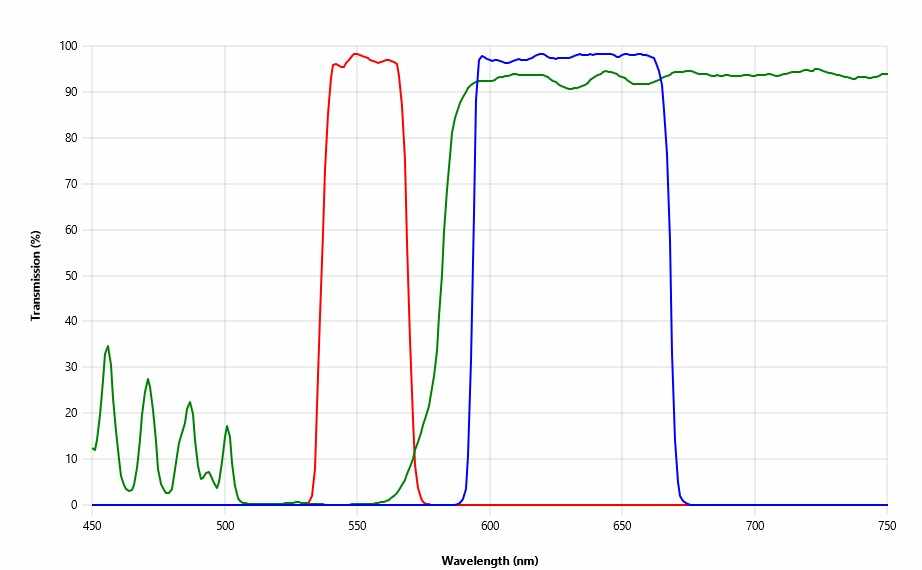
The Texas Red Spectrum is a term commonly associated with a specific fluorescent dye, Texas Red, which has been widely used in biological and chemical research. This red-fluorescent dye has been instrumental in molecular biology, immunofluorescence, and microscopy due to its bright emission and excellent photostability. But beyond its technical use, the Texas Red spectrum represents the significant advancements made in fluorescence technology, facilitating numerous breakthroughs in scientific research.
Understanding the Texas Red Fluorescent Dye
Texas Red is a sulfonyl chloride derivative of sulforhodamine 101, developed in the 1970s. It is named after the bright red color of the Texas Red grapefruit, a fitting name due to its intense emission in the red region of the visible spectrum. It has an absorption peak around 595 nm and an emission peak around 615 nm, placing it firmly in the red wavelength range.
Applications in Research
Molecular Biology
Texas Red has become a staple in molecular biology laboratories for labeling biomolecules, such as proteins, nucleic acids, and antibodies. Researchers use Texas Red-conjugated antibodies in immunofluorescence assays to visualize the location of specific proteins within cells. Its bright red fluorescence allows for easy detection and differentiation from other fluorescent tags, such as fluorescein (green) or DAPI (blue), making multicolor experiments possible.
Microscopy
In fluorescence microscopy, Texas Red has proven invaluable. Its long wavelength emission allows for deep tissue penetration, enabling researchers to study complex structures and processes within living organisms. Texas Red is often used in conjunction with other dyes in confocal microscopy to generate high-resolution images of cellular components. The dye’s photostability is also advantageous, as it resists fading under prolonged exposure to light, allowing for longer observation periods without a loss in signal intensity.
Flow Cytometry
Flow cytometry is another field where Texas Red excels. The dye is used to label cells and measure various cellular characteristics, such as size, shape, and the presence of specific markers. Its spectral properties make it compatible with multi-parameter flow cytometry experiments, where multiple fluorophores are used simultaneously to analyze different aspects of a single cell population.
Advantages of the Texas Red Spectrum
Bright Fluorescence: Texas Red produces an intense red fluorescence that is easily detectable in various imaging systems, making it ideal for applications where high sensitivity is required.
Photostability: One of the major benefits of Texas Red is its resistance to photobleaching. In microscopy, where samples are often exposed to intense light sources, this stability ensures that the fluorescence signal remains strong over extended observation periods.
Compatibility: Texas Red’s emission in the red part of the spectrum makes it highly compatible with other fluorescent dyes, allowing researchers to conduct multiplexed experiments without overlapping signals.
The Future of Fluorescence in Research
As technology advances, the demand for more precise, stable, and versatile fluorescent dyes continues to grow. The Texas Red spectrum remains a critical tool in modern research, especially as new applications in fields such as live-cell imaging and super-resolution microscopy emerge. Researchers are exploring ways to further enhance the properties of Texas Red, such as increasing its brightness and improving its conjugation to a wider range of biomolecules.
Conclusion
The Texas Red spectrum is a shining example of how fluorescence technology can push the boundaries of scientific exploration. From molecular biology to imaging techniques like microscopy and flow cytometry, Texas Red has illuminated countless discoveries, contributing to our understanding of complex biological systems. As research continues to evolve, the importance of reliable and robust dyes like Texas Red will remain pivotal in unraveling the mysteries of science.


Write a comment ...